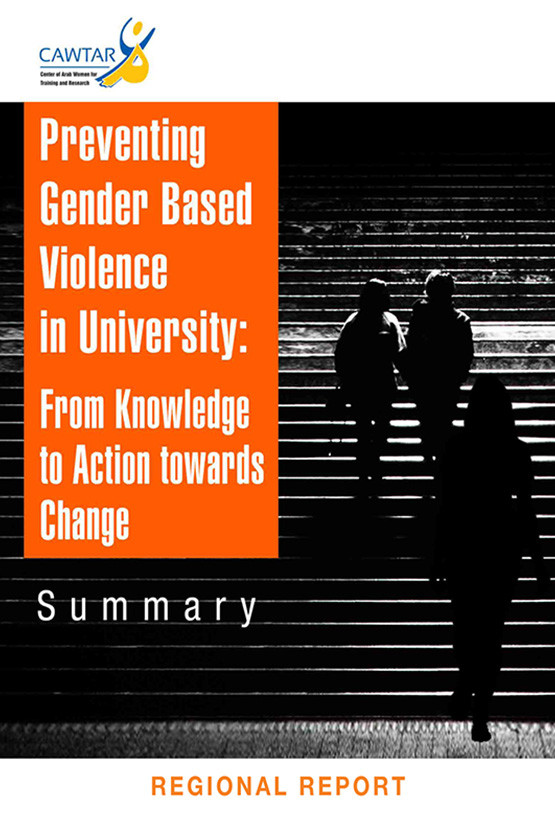
- In 2009, the prevalence of VAW was 62.8%, mainly urban and increasing with socio-economic precariousness. 10 years later, it is 57%, which is divided between urban areas at 58% and rural areas at 55%. (ENPVEF 2009, 2019)
- In Moroccan cities, VAWG in public places (attacks on individual freedom and sexual violence, not including harassment without touching) ... affects all age groups and all social categories:
* 66.3% among single women, 46.3% among divorcees, 33.4% among married women and up to 27% for widows,
- 73% of Moroccan women and 55% of Moroccan men think that VAWGs have increased, even if the overall rate of violence reported by girls and women over the last 12 months, all forms and all contexts combined, rising from 62.8% in 2009 to 57% in 2019.
- However, economic and sexual violence increased sharply, respectively from 8% in 2009 to 15% in 2019 and from 9% to 14%.

1. Women are exposed mainly to psychological, physical and sexual violence in public places. This limits their freedom of movement, day and night and hinders their enjoyment of their fundamental rights (health, education, employment, etc.).
2. Women take sole responsibility for their safety in public places, in the face of the indifference of people in the street who intervene exceptionally in cases of verbal or physical violence, or more;
3. The majority of GBV survivors prefer silence and do not react to what happens to them for fear of not being able to listen, of being accused by their environment or of fear that what happened to them will negatively affect them. their life, their family and their future.
The prevalence rate in universities, High schools or training and research institutes, public or private, is 24.2% (ENPVEF 2019). The university space is no different from its social environment in terms of:
- Maintenance of gender inequalities due to gender stereotypes prevailing in society,
- Perpetuation of inappropriate or even discriminatory practices / acts,
- Power relations that can lead to acts of violence,
- Endangering the integrity of individuals and the development of their studies or careers.

1. The most common forms of violence that female teachers face at university are verbal and physical violence from students, especially during exams, but also explicit or indirect barriers (glass ceiling) that hinder their access to positions management and different levels of power.
2. In addition to political violence, verbal intimidation and the organization of student trials with sanctions described by the respondents as arbitrary and unfair, the most widespread form of GBV to which female students are exposed is sexual harassment. teachers exercise them within the university itself.
3. The attitude or behavior of victims of GBV at university oscillates between dodging, submission and refusal of denunciation, for fear of scandal, revenge, or being blacklisted: their silence is the 1st rule.
4. Faced with the absence of an internal mechanism for preventing and sanctioning sexual harassment within universities, malicious teachers often take advantage of the power their status gives them over female students to sexually harass them: Impunity is the second rule